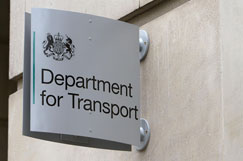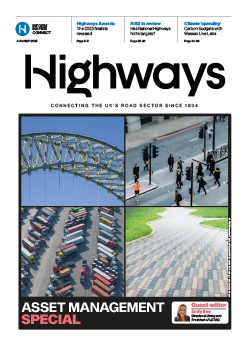UPDATE: The Department for Transport (DfT) has confirmed that councils have until 15 March to publish resurfacing plans on their websites, following the Network North plan, which pledged £8.3bn over the next decade for local roads.
Councils have been tasked with publishing details of completed and scheduled works, how money is being spent and 'how innovation is being used to deliver highway maintenance'.

Originally, the DfT said the new reporting requirements that came with the extra cash injection 'will see local highway authorities publishing their road resurfacing plans on their websites by March 2024 and reporting on progress thereafter on a quarterly basis'.
The Department for Transport (DfT) has confirmed the deadline is now the 15 March, but has not made public the full criteria that councils are expected to publish.
At the time of the Network North announcement, the DfT said: 'To increase transparency and ensure the £8.3bn leads to an increase in the number of roads being resurfaced, local authorities will be required to publish information on their websites on a regular basis explaining how they are spending the funding in their area.'
Details have been sent out in grant agreement letters to local authorities.
A spokesperson has now told Highways: 'Local Authorities have been informed on what they need to publish on their websites, including completed and scheduled works, how the money is being spent and how innovation is being used to deliver highway maintenance.'
Across England, local highway authorities will receive £150m this financial year, followed by a further £150m for 2024/2025 from the monies apparently saved by cuts to the HS2 line.
From 2025/26 onwards, the amounts that will be announced are based on 85% of the £8.3bn, with the remainder in reserve to allow a degree of flexibility over how best to support highway maintenance initiatives across the country.
However, the Government have not outlined a baseline funding figure for post-2025. Therefore the claim that the £8.3bn is extra funding rests largely on the idea that cash investment will remain flat, and so decrease in real terms, over the next decade.





